Neuromuscular therapyBy: Alicia De Mello What is Neuromuscular therapy?Neuromuscular therapy or technique (NMT) is the manual application of specialized pressure and strokes that have either a diagnostic (assessment) or therapeutic (treatment) goal. The focus of the treatment is to alleviate myofascial pain and dysfunction as well as deactivating trigger points. What is a trigger point?Simply, it's a knot. A small, palpable (able to feel) nodule in a tight band of muscle. Trigger points (TPs) are painful to pressure and can cause referred pain, decreased range of motion, and even such things as nausea, runny nose, and eye watering. • Active trigger point: client is aware and familiar with pain • Latent trigger point: only tender with touch Releasing Your Trigger points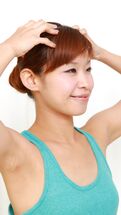
How do you treat a trigger point yourself? Visit this amazing DIY blog article, entitled "How To Fix Myself When My Massage Therapist is Nowhere to be Found." There, you will learn a step by step process for finding and releasing your trigger points, specifically for headache relief!
Need help? Book an appointment with a local massage therapist! If you're in the Connecticut, book your appointment at Grow Wellness! Mention this blog and get 10% off! 203-403-3710 Gate TheoryEver notice that your massage therapist will find a spot in your back and just hold pressure there and it will hurt? Or when your shoulders are bothering you at home so you find a door jam and lean into it? Most clients I've seen in my career, have referred to it as “that feel good hurt” – yes, it hurts but I know it's doing something. Our body is only able to recognize one stimulation at a time. So the pain that we go to a massage therapist to address or we try to fix ourselves with a door frame at home can be overridden by applying another sensation – pressure, heat, cold, electrical stimulation, vibration. A new stimulant travels faster than through our nervous system than an old pain. NMT should NOT be used within 72 hours of an injury Why I chose neuromuscular therapyI have struggled with TMJD issues since I was a child. The worst headaches I experience, are directly related to my chronic teeth grinding. At a certain point, I accepted that this is just the burden I had to carry. And then I started getting more and more migraine and TMJD focused clients. That pushed me to look into ways I could further help my clients, and as a bonus, help myself. Why You should choose neuromuscular therapyEspecially now more than ever, being post-pandemic, a good portion of the population is still working at home. Some have went all out and created ergonomic office spaces. While, and I know this for a fact, some are working whole shifts on laptops in bed. And if we're not working on computers with poor posture we're “relaxing” on our phones with necks overstretched. We've had to wear masks for the last two years. Many of us have felt facial pain after a whole day of wearing them, myself included. As much as we were appreciative of having to wear mask so people around us couldn't see how we really felt about an interaction (and of course the global pandemic), our facial muscles – from the eyes up – sure did get a work out. Unbeknownst to a surprising amount of people, our muscles encompass our whole body. The same way we get knots in our back and shoulders, we're entirely capable of developing knots in our scalp, forehead, eyebrows, and cheeks. Whether we know it or not, our face is constantly making micro-expressions. There's the saying “it takes more muscles to frown than to smile”. As a massage therapist, there's no reason why we should take more care of the muscles in our back and legs than the muscles in the seemingly less necessary areas like the neck and head. We take for granted the importance of our neck and head until we wake up one morning and can't turn our head.
Diving DeeperOn all following charts, “X” denotes trigger points for headaches |
Details
Archives
March 2024
Categories |
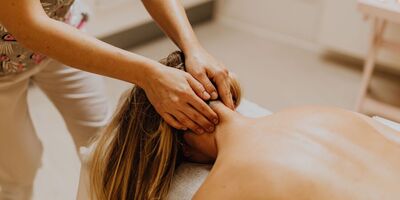
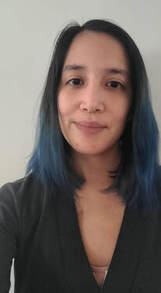
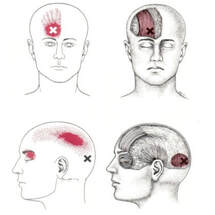
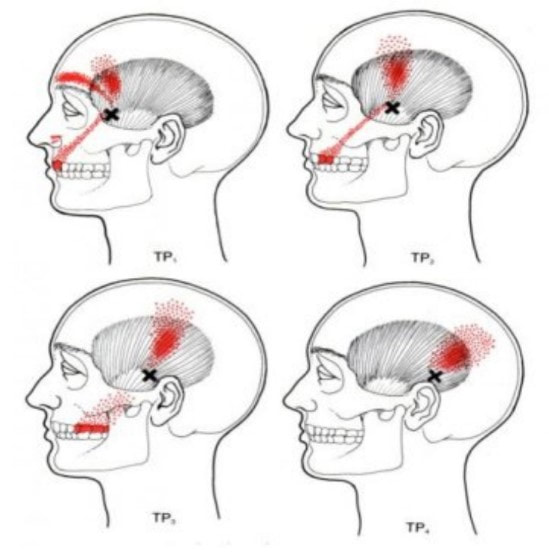
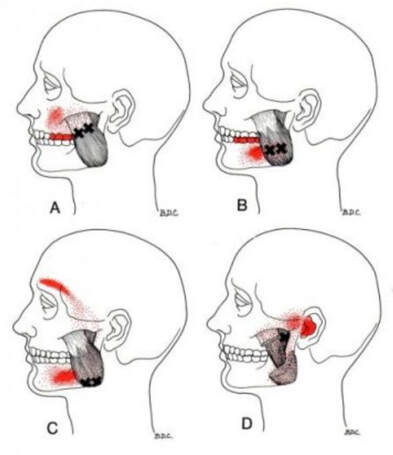
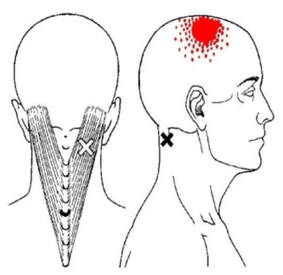
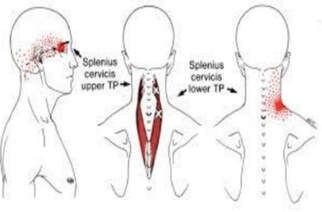
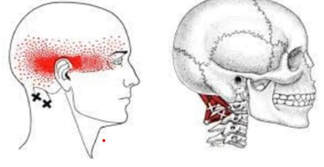
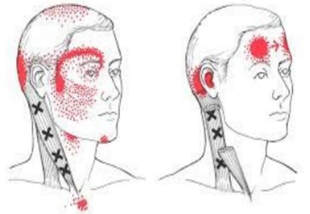
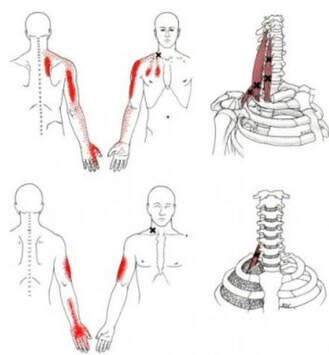
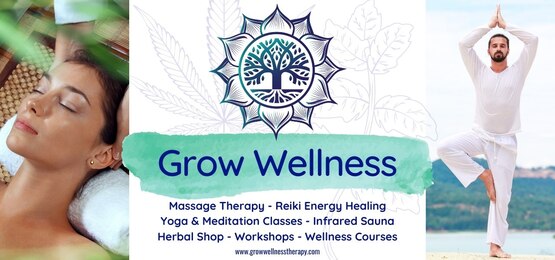
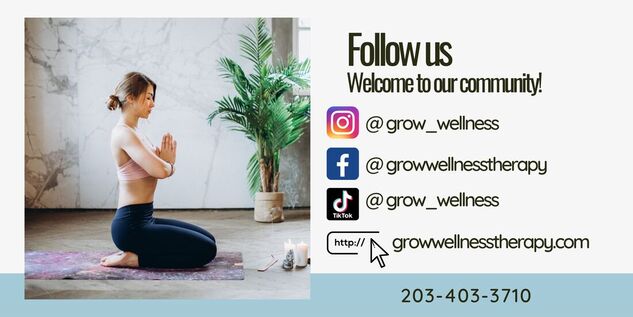
 RSS Feed
RSS Feed